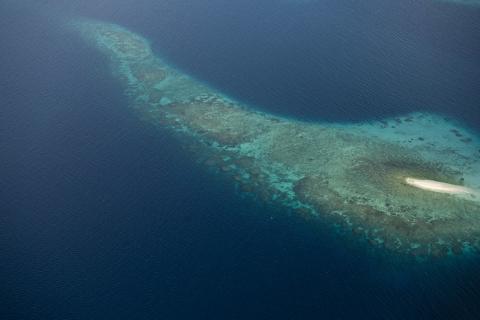- عربي
- 中文
- English
- Français
- Русский
- Español
Pacific Agreement on Closer Economic Cooperation (PACER) Plus
The Pacific Agreement on Closer Economic Relations (PACER Plus) launched in Tonga on 14 June 2017. The trade agreement, covering goods, services, investment, labour, sanitary and phytosanitary (SPS) measures, aid and other issues, brings to a close eight years of negotiations between Australia, New Zealand and eight of the Pacific Island countries. The three least developed signatories, Kiribati, Solomon Islands and Tuvalu, face a delayed timetable for tariff reductions. Vanuatu, the region’s other least developed country (LDC), initially delayed but later decided to join. Papua New Guinea and Fiji (which are not LDCs) chose not to sign up.
For signatories, PACER Plus replaces a previous one-way agreement known as SPARTECA, the South Pacific Area Regional Trade and Economic Cooperation Agreement, which provided the Pacific islands with duty and quota-free access to Australia and New Zealand. PACER Plus, a reciprocal arrangement, maintains this market access but obliges Pacific island members to reduce import tariffs over time and to liberalise incoming services trade and investment.
Tariffs in the eight signatories that were not LDCs must fall to zero by 25 years after 2017, the date of entry into force of the agreement, with most tariff reductions taking place in the first 10 years. The tariff reduction schedule is slower for the three LDC signatories — Solomon Islands, Tuvalu and Kiribati – with reductions beginning in 2028 unless the country graduates from LDC status.
The agreement states that ‘year 1 LDC’ for tariff reductions will be the calendar year following that of the date of its LDC graduation. For example, with Solomon Islands scheduled to graduate in 2024, tariff reductions could begin in 2025. Most tariffs would be at zero by 2032 and tariffs on all goods would be removed by 2047.
More information: PACER Plus


